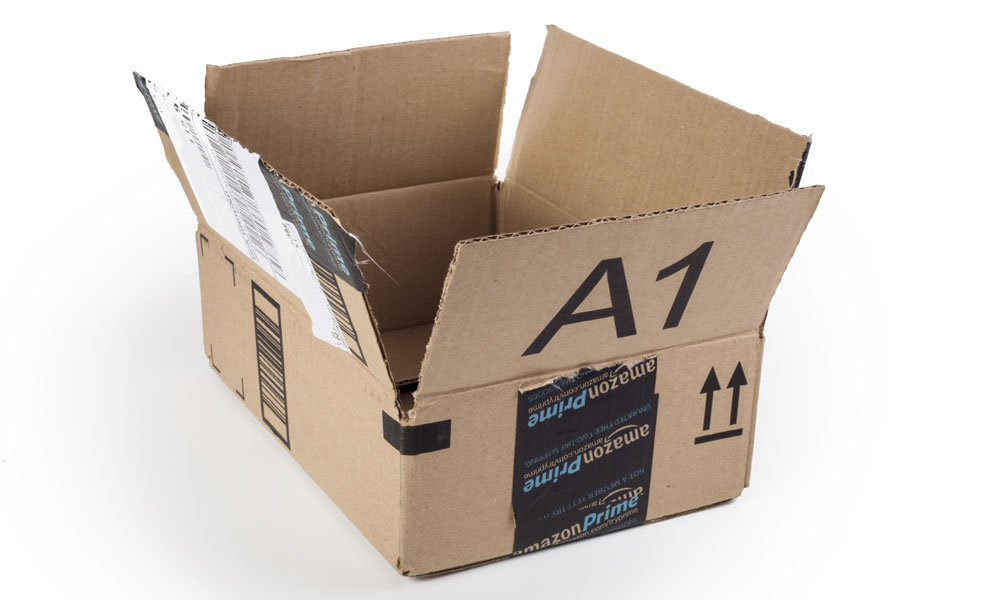
How Your Association Can Have a #PrimeDay of Its Own
It's not every day that membership is a major story in the mainstream press, but this week Amazon pulled off an immensely successful effort to promote its 20th anniversary by creating a membership promotion that had everyone talking. Here, a few lessons you can learn from Amazon's #PrimeDay.
Not everyone was excited about the deals on Amazon’s Prime Day, but the results certainly suggest that the company’s promotional effort was a big success.
The online retail analysis firm ChannelAdvisor noted that Amazon’s sales went up as much as 93 percent on Wednesday, at one point topping the sales rate the company generally sees on Black Friday. Amazon itself says that it sold 34.4 million items on Prime Day, and that Kindles, big-screen TVs, and Roombas were among the most popular items purchased.
Now, as we’ve pointed out in the past, member-focused for-profit companies like Amazon and Costco definitely aren’t the same as nonprofits in their concept or approach to membership, but there’s still plenty to learn from how Amazon leveraged Prime Day, including:
Create an event, not just a membership. If you want people to buy something, you have to promote it. It’s Marketing 101, right? Prime Day took off mainly because Amazon put all of its eggs in that single basket to draw attention to the promotion. Being a store, it can do that a little more easily than, say, a medical association, but there’s still something to be said for focusing your marketing efforts on a single event.
Sell sticks by giving away carrots. Amazon’s Prime Day managed to get the attention it did because the company was focused on using the plan to help drive new $99-per-year memberships to the Prime service. Amazon emphasized that the cost was a calculated “business expense” that would pay later dividends. “We know it will be expensive for us in short term but we know it’ll be great for our customers,” spokeswoman Julie Law told Forbes ahead of the sale.
Put your own offerings out front: Many of the products that were popular with consumers were items that Amazon itself makes, such as its Fire TV Sticks—which represented the single-largest seller worldwide on Wednesday. Other hot sellers were Amazon’s well-reviewed Siri-like Echo device and the company’s Kindle electronic reader. The deals on these offerings work particularly well for Amazon because they hook users into the company’s existing ecosystem, which will come in handy far beyond Prime Day.
https://twitter.com/bryanrbeal/status/621411991081590784
Public sentiment matters: Despite the success that Amazon saw from the sale, it nonetheless had to defend itself to an array of critics who—thinking the deals didn’t match the hype that the company had built up—went so far as to mock the campaign with the hashtag #PrimeDayFail. Worse, many of the best items were out of stock before many shoppers even got on the site. Ultimately, a membership is a promise to uphold high standards. If it doesn’t feel like you’re doing that, you’ll have a little mess on your hands.
In the end, though, Amazon saw much success from Prime Day and is already eyeing future opportunities.
“Going into this, we weren’t sure whether Prime Day would be a one-time thing or if it would become an annual event,” said Greg Greeley, the vice president of Amazon Prime, in a news release. “After yesterday’s results, we’ll definitely be doing this again.”
Find any prime deals on Amazon on Wednesday? Share them with us in the comments.
(iStock Editorial/Thinkstock)






Comments